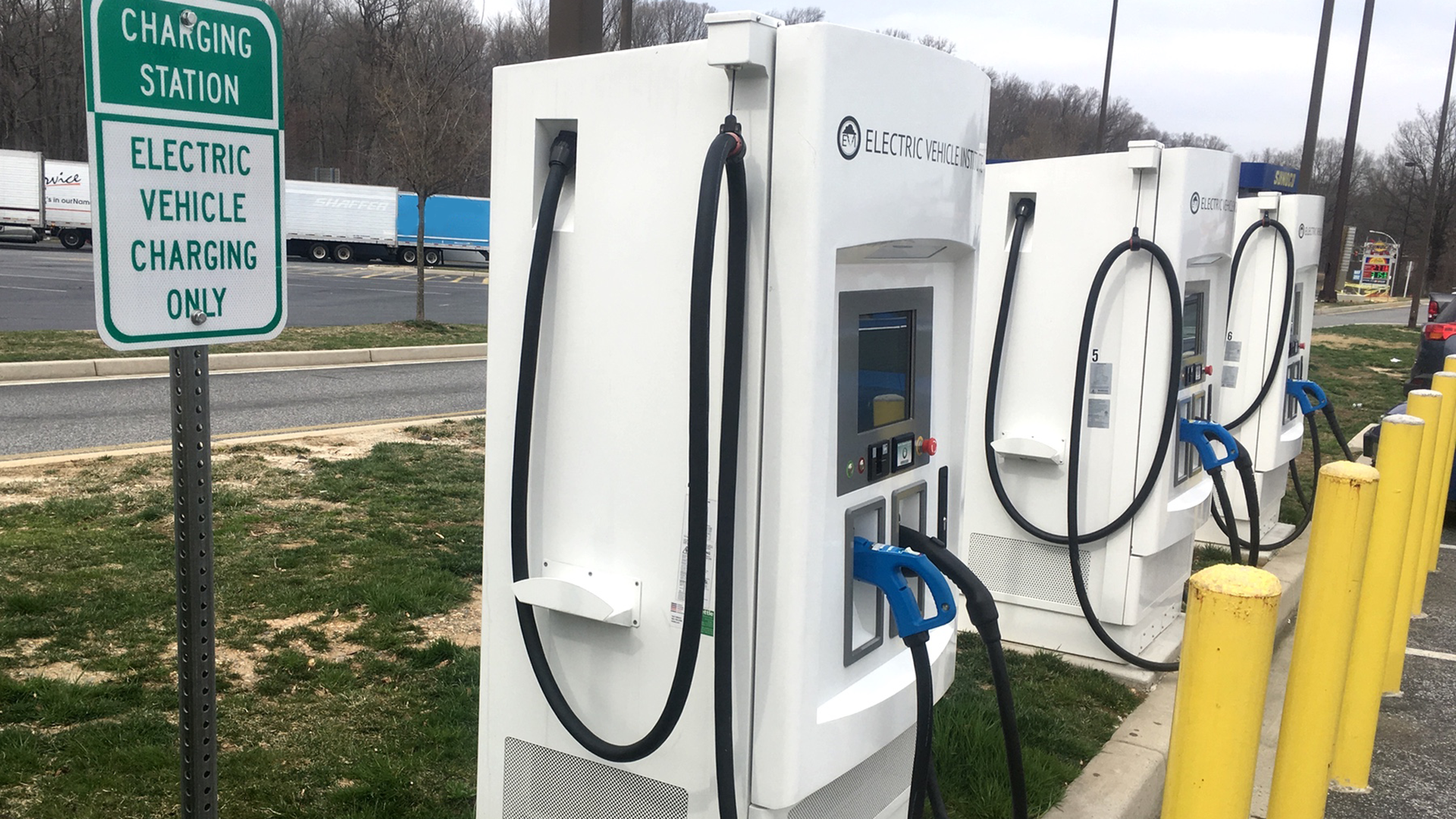February 25, 2022
How can local agencies create an environment that’s ready for electric vehicles (EVs) through development codes and policies?
On February 23, Kittelson and Forth held a webinar covering practical steps that public agencies and private developers can take today to maximize funding opportunities and get ready for more EVs on our roads. We received a number of questions during and after the event pertaining to local development codes, so we partnered with our colleagues at MIG to develop a few suggestions.

How can local agencies create an environment that's ready for electric vehicles (EVs) through development codes and policies? Photo credit: Earth and Main.
Here are five practical ways local agencies can prepare for electric vehicles now:
- Review land use regulations to remove possible code barriers. Zoning codes should be amended so that EV charging stations are not classified as “fueling stations” or “quick vehicle servicing.” If EV chargers are provided at gas stations, they should not be classified as additional pumps. If land use regulations limit drive-through facilities, consider exempting EV charging stations.
- Prepare a master plan that considers both practical and policy issues, particularly if you will be installing public EV charging stations. To develop this plan, coordinate with electric utility providers to identify areas where new transformers will be needed to enable increased demand and ensure that development code standards applicable to transformers are not a barrier. Evaluate technology options (e.g., plug formats should be widely accessible to different vehicle types) and provide multiple methods of payment (e.g., no membership required). Develop policies for use of public right of way to enable installation and management (including removal where necessary) of EV charging stations.
- Consider equity in your policies. Don’t just look at current demand, which could be skewed toward higher income areas. Local governments that own the electric utility may have further opportunities to offer rebates and subsidies for electric charging stations to benefit economically disadvantaged areas. EV infrastructure may also be used to incentivize private mobility providers (rideshare, e-scooters) to provide services at mobility hubs within disadvantaged communities, or as part of a larger effort to develop energy resiliency within these neighborhoods.
- Offer developer incentives to accommodating EVs. This could look like allowing a reduction in the minimum number of parking spaces required; for example, allow an EV charging space to count as two parking spaces. Alternatively, in locations where the maximum parking standard is the concern, allow for the EV charging space to not be counted as a parking space.
- Establish development standards. Require new development to provide a certain number of EV charging stations, offer discounted parking for green vehicles, or at the very least, require LEED certification or similar standards. For examples of development standards, refer to the City of Chicago’s Sustainable Development Policy Handbook, which describes the strategies that development projects must choose from to comply with the Chicago Sustainable Development Policy. Points can be earned by providing charging stations or charger readiness.
In all of this, local agencies have an opportunity to lead by example. As employers and service providers, agencies can lead the way by providing sufficient EV charging stations for employees and replacing existing agency vehicles with electric vehicles. Providing employee training on new agency EVs will help ensure that they are used and kept charged.
For more info on how to get EV ready, check out this list of “top 10 to-do’s” for public agencies and private developers from MIG, Forth, and Kittelson!
